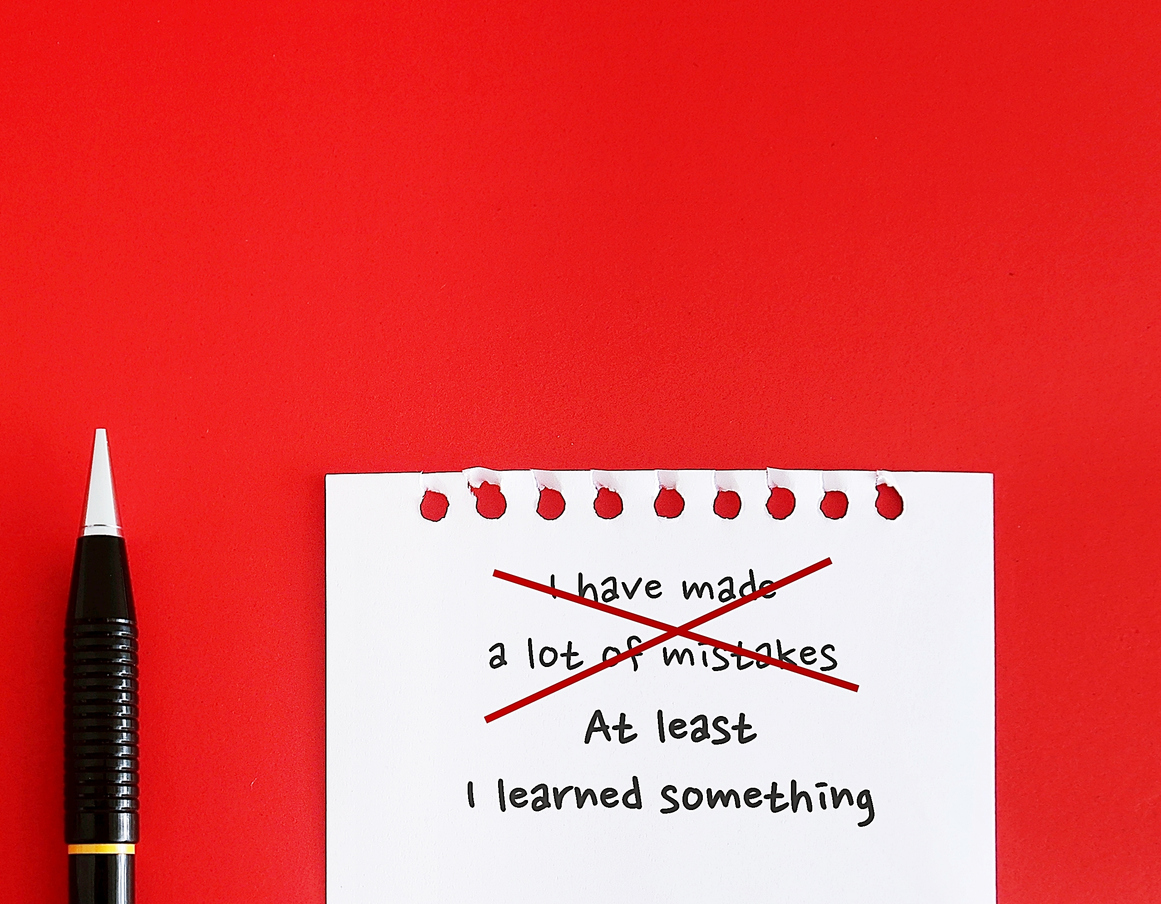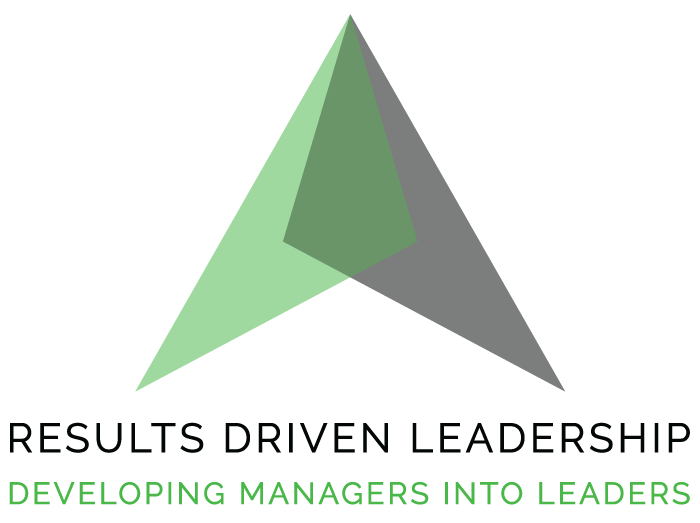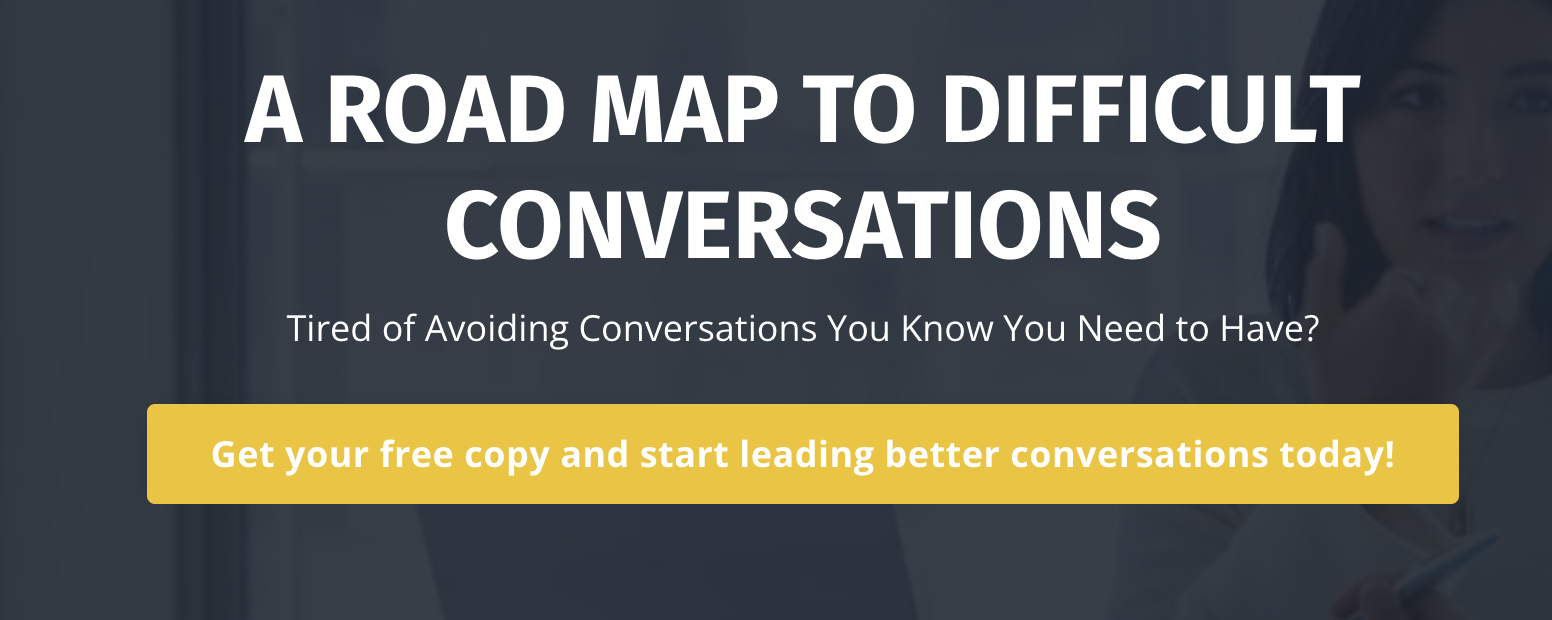TABLE OF CONTENTS
We’re diving deep into the world of Emotional Intelligence – EQ – the most underrated superpower in business today.
What the Hell is EQ, Anyway?
Emotional Intelligence isn’t some fluffy corporate buzzword – it’s the razor-sharp ability to recognize, understand, and masterfully manage emotions. Both yours and everyone else’s around you. While your IQ might get you in the door, it’s your EQ that’ll put you in the corner office.
Think about it: Have you ever met someone who just gets people? Who can walk into a room and instantly read the emotional temperature? Who knows exactly what to say and when to say it? That’s high EQ in action, baby.
The concept was popularized by psychologist Daniel Goleman in the ’90s, but make no mistake – the most influential leaders throughout history have been wielding this power all along. They just didn’t have a fancy name for it.
Why Should You Give a Damn About EQ?
Here’s the stone-cold truth: Technical skills might make you competent, but emotional intelligence makes you unstoppable.
The data doesn’t lie. Leaders with high EQ outperform their peers by miles. Their teams are more engaged, more productive, and more loyal. They navigate crises like champions. They build relationships that open doors to opportunities others don’t even know exist.
In today’s hyperconnected business world, where collaboration is currency and adaptation is survival, EQ isn’t optional – it’s essential. Period.
The 7 Unmistakable Signs of Leaders with Elite EQ

Let’s cut through the noise. Here are seven dead giveaways that someone’s operating with premium-grade emotional intelligence:
-
They Listen Like Their Life Depends on It
Leaders with high EQ don’t just wait for their turn to talk – they listen with their entire being. They maintain eye contact. They ask clarifying questions. They remember details from previous conversations that’ll blow your mind.
Real-world example: The Chili’s Turnaround: How a CEO’s Ear to the Ground Saved a Restaurant Giant
Let me tell you about the day Kevin Hochman walked into Chili’s #3429 in Dallas wearing khakis and a polo, looking nothing like the CEO he was. The restaurant was half-empty at peak lunch hour—a perfect snapshot of the mess he’d inherited when he took over the struggling chain six months earlier.
He didn’t announce himself. Just slid onto a barstool, and started chatting up the bartender like they were old fishing buddies.
“If you were sitting in my chair—CEO chair, not this perfectly adequate barstool—what’s the first thing you’d change about this place?” he asked, maintaining perfect eye contact while taking a slow sip.
The bartender glanced around, making sure no managers were in earshot. “Honestly? I’d fix these damn fries.”
Hochman leaned in. “Tell me more.”
What unfolded over the next twenty minutes was pure restaurant gold. Turned out, Chili’s had recently rolled out two types of fries—curly and straight. The curly fries came pre-seasoned, but the straight fries required servers to manually season them using a special shaker.
“The training manual says—and I am not making this up—that we have to shake the seasoning shaker EXACTLY thirty times. Not 29. Not 31. Thirty. We’re literally counting to thirty? No Way, the cooks arm gets tired and so they give it a few shakes of the seasoning and the fries don’t taste so great”
Hochman nearly spat out his margarita. “Thirty shakes? Who came up with that?”
“Some corporate kitchen wizard who’s probably never worked a Friday night rush,” the bartender shrugged. “We’re all doing this ridiculous shake dance while customers wait and food dies under the heat lamp.”
The CEO pulled out a little black notebook and jotted something down. “What else falls into the category of ‘stupid stuff we make you do’?”
This question became Hochman’s signature move as he visited every region in the Chili’s empire over the next three months. He talked to managers, wait staff bartenders and all of the line cooks. with the same questions:
“What would you change if you were CEO?”
“What stupid stuff do we make you do every day?”
The fry situation kept coming up. In Phoenix, a line cook demonstrated the absurd thirty-shake technique, comically counting out loud while tickets backed up. In Atlanta, a server admitted they’d started pre-mixing seasoning batches in the morning, directly violating protocol but saving precious minutes during rush hours.
Two weeks later, Hochman called an emergency meeting with his culinary team. He placed a basket of straight fries on the conference table, along with the infamous seasoning shaker.
“I want each of you to season these fries exactly as our training requires,” he said.
The VP of Menu Development, who’d been with the company for 15 years, awkwardly performed the thirty-shake ritual as the room watched in painful silence.
When he finished, Hochman slid a document across the table—a simple one-page solution that revolutionized Chili’s operations: They made the holes of seasoning shakers bigger to require a shake, a quick toss in a bowl and a shake. A couple seconds and TA DA, Great tasting frys as they were intended in way less time and labor.
“This saves us seventeen seconds per order,” Hochman said. “Multiply that by the number of fry orders in a day across 1,600 restaurants, and we’re saving 7,800 hours of labor annually. All because we actually asked the people doing the job.”
The fry fix became the first of many “common sense revolutions” that helped Chili’s regain its footing. Hochman implemented a permanent “Stupid Stuff” elimination program where frontline workers could flag inefficient processes.
Within a year, Chili’s customer satisfaction scores jumped 27%, sales increased for the first time in six quarters, and employee turnover dropped by a third.
All because a CEO had the balls to ask the simplest question: “What dumb stuff are we making you do?”
Sometimes the most powerful turnaround strategy isn’t some fancy consultant’s 100-slide deck—it’s just shutting up and listening to the people who actually do the work.
-
They Own Their Mistakes – Fast and Fully
Average leaders play the blame game. Exceptional leaders take responsibility like it’s their middle name. The three most important words in leadership? “It’s My Fault!” They know if their team comes up short, makes a mistake or underperforms they are they primary reason. They look inwardly to understand what they should have done better to set their team member or members up for success. Download this Link to Find Out What YOU are Suppose to do to make sure your team is performing at the highest possible levels of success.
Real-world example: When Marcus, a senior VP at a multinational, realized his directive had caused a project delay costing thousands, he called an emergency meeting. Instead of finding scapegoats, he said, “I made a critical error in judgment, and I own that completely. Here’s my plan to fix it.” His team’s respect for him skyrocketed. His vulnerability created a culture where people weren’t afraid to admit mistakes, leading to faster problem-solving and innovation across the board.
-
They Navigate Conflict Like Master Chess Players
High-EQ leaders don’t avoid tension – they lean into it with strategic precision. They stay cool when emotions run hot. They find the win-win that others miss.
Real-world example: Dana, a hospital administrator, faced two department heads locked in a territorial battle over resources. Instead of forcing a compromise, she brought them together and masterfully reframed the conversation around patient outcomes – their shared purpose. She acknowledged both sides’ frustrations before asking, “What would best serve our patients?” This emotional redirection transformed competitors into collaborators, and they developed a resource-sharing system that became a model for the entire hospital network.
-
They Read the Room Better Than a World-Class Poker Player
These leaders pick up on subtle emotional cues that fly past everyone else. They notice the crossed arms, the slight tone shift, the enthusiasm that doesn’t quite reach the eyes.
Real-world example: Carlos, a sales director, was presenting a new strategy to his team when he noticed micro-expressions of concern from his normally enthusiastic top performer. While others might have plowed ahead, Carlos paused and said, “Sarah, I sense you might have some thoughts on this approach.” This opened the door for Sarah to share crucial market insights his plan hadn’t accounted for. The strategy was adjusted, potential pitfalls were avoided, and sales exceeded targets by 34% that quarter.
-
They Tailor Their Communication Style to Each Audience
One-size-fits-all communication is for amateurs. High-EQ leaders instinctively know how to modify their message for maximum impact with different people.
Real-world example: Elena, a project manager at an engineering firm, communicated the same critical deadline to three different stakeholders in three different ways: data-heavy slides for the analytical executive, a story-based explanation for the big-picture client, and a step-by-step breakdown for her detail-oriented team. The result? All parties aligned perfectly, the project landed on time, and Elena’s reputation for exceptional stakeholder management earned her a promotion within six months.
-
They Keep Their Cool When Everyone Else Is Losing Theirs
Emotional self-regulation is the superpower that separates the legends from the lightweights. These leaders don’t suppress emotions – they channel them productively.
Real-world example: When a major client suddenly pulled a seven-figure contract, Nathan, a CFO I coached, felt the same panic as everyone else. But while his colleagues spiraled, he took five minutes alone, used specific breathing techniques, then emerged with remarkable clarity. He gathered his team, acknowledged the setback’s impact, then led a focused session that identified three new revenue opportunities. His emotional steadiness prevented a company-wide meltdown and turned a potential disaster into a diversification strategy that ultimately strengthened the business.
-
They Give Feedback That Actually Changes Behavior
Masters of emotional intelligence deliver even the toughest feedback in a way that motivates rather than demoralizes. They understand that how something is said matters as much as what is said.
Real-world example: Sophia, a creative director, needed to address performance issues with a talented but inconsistent designer. Rather than focusing on general criticism, she started by acknowledging his unique strengths, expressed genuine belief in his potential, then outlined specific behaviors that needed to change – all while maintaining unwavering eye contact and warmth in her voice. Six months later, that designer had become one of the agency’s most reliable stars and credited that conversation as the turning point in his career.

Building Your EQ Muscle When You’re Starting from Scratch
If you’re reading this thinking, “Holy hell, my EQ needs serious work,” don’t sweat it. Emotional intelligence isn’t fixed – it’s a skill set you can develop with deliberate practice. Here’s how to level up:
-
Start with Brutal Self-Awareness
You can’t improve what you don’t acknowledge. Take a hard, honest look at your emotional patterns. What triggers you? How do you respond under pressure? Where do your emotional blind spots lie?
Try this: Ask five people who know you well to describe how you handle conflict or criticism. Brace yourself – the truth might sting, but that temporary discomfort is the price of growth.
-
Become a Body Language Detective
Your emotions show up in your body before they register in your mind. Learn to recognize your physical responses – tightening jaw, shallow breathing, clenched fists – as early warning systems.
Practice this daily: Three times a day, stop and scan your body for tension. Name the emotion you’re feeling. This simple habit builds the foundation for emotional regulation.
-
Master the Pause
The space between stimulus and response is where your power lies. When emotions surge, train yourself to pause before acting.
Try this technique: When you feel emotionally hijacked, silently count to five before responding. Those few seconds can mean the difference between a reaction you’ll regret and a response that resolves.
-
Upgrade Your Emotional Vocabulary
Most people operate with an emotional vocabulary of about five words: happy, sad, angry, scared, fine. Pathetic! Expand your emotional lexicon to describe feelings with precision.
Challenge yourself to name your exact emotional state throughout the day. Are you frustrated or disappointed? Anxious or concerned? Excited or hopeful? This specificity gives you finer control.
-
Become Fascinated by Other People’s Perspectives
Empathy isn’t about agreeing – it’s about genuinely understanding. Practice seeing situations through others’ eyes, especially when you disagree.
Power move: In your next disagreement, force yourself to articulate the other person’s position so well they say, “Yes, that’s exactly what I mean.” Only then have you earned the right to respond.
-
Turn Criticism into Your Secret Weapon
People with underdeveloped EQ take feedback personally. Those with elite EQ see it as free consulting.
Game-changing approach: The next time you receive criticism, say “Thank you for that perspective” instead of defending yourself. Then ask a follow-up question to dig deeper. You’ll be amazed how this transforms confrontations into collaborations.
-
Practice Emotional Agility Daily
Emotional intelligence requires flexibility across situations and relationships. Different challenges demand different responses from your emotional toolkit.
Try this daily ritual: Before every significant interaction, ask yourself: “What emotional approach would serve best here?” Then consciously choose your emotional strategy rather than falling into habitual patterns.
The Bottom Line: EQ is Your Competitive Edge
Let me be crystal clear: In today’s business landscape, emotional intelligence isn’t just nice to have – it’s a competitive necessity. Technical skills get commoditized. Emotional intelligence cannot be automated or outsourced.
The leaders who will dominate the next decade aren’t just smart – they’re emotionally intelligent. They connect authentically. They inspire naturally. They navigate complexity with grace and decisiveness.
That could be you. Starting right now.
Join our upcoming new course The 90 Day Manager to Leader Jumpstart and begin your leadership revolution. Learn all of the essential leadership approaches that will lower your stress and workload. Not require that you are the Human Google where everyone comes to for answers and drive outcomes like no one else ever dreamed. The question isn’t whether you want to invest in the change. Business Owners? CEOs, Executives Invest in your management team. You can’t afford not to develop your EQ or those who surround you.
Now go lead like you mean it.






